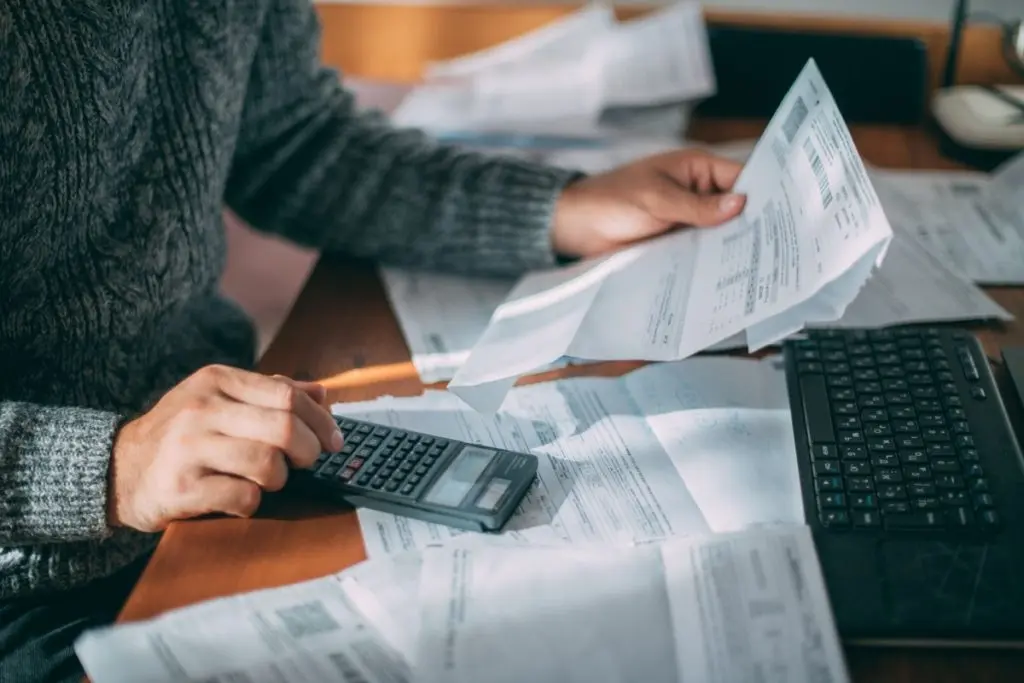Credit cards offer immediate financial relief and are essential in today’s cashless society. Using one can help you build your credit history and get rewards like cash back, points, or travel miles, especially when you use exclusive credit cards.
But what happens when you overspend or encounter unavoidable financial challenges? Your credit card debt can pile up, hurting your credit score and drastically reducing any benefits you may receive.
Recent statistics by the Federal Reserve Bank of New York, a credit reporting agency, showed Americans owe $1.14 trillion on their cards. In this blog post, we will provide all the answers to teach you how to pay off credit card debt using tried and trusted strategies.
KEY TAKEAWAYS
- Keep a keen eye on your expenses and reduce your spending to reduce your credit card debt.
- To reduce debt to a minimum, draft a plan and stick to it.
- Debt with high interest can take time to clear.
- Pay more than the minimum monthly to reduce your balance and manage it wisely.
- Credit card debt is expensive, and having too much of it can cause harm to your credit score.
What is Credit Card Debt?
Credit card debt is the sum of money an individual or a business owes to a financial institution for buying or making purchases using a credit card.

Credit card debt can quickly accumulate due to spending habits, unplanned situations, high annual percentage rate (APR) and fees often charged by credit card companies. It can also reduce your credit score.
In the following sections, we will discuss eliminating credit card debt.
5 Ways to Pay Off Credit Card Debt
Paying off credit card debt when you have no money is achievable when you know how. Here are five ways to do it:
1. Review Your Spending
The best way to pay off credit card debt is to review your spending. If you want to cut costs, stick to buying only essentials. When grocery shopping, purchase only essentials, as this will help put you in a better financial position.
2. Borrow from Family or Friends
When a bank loan is not an option due to outstanding debt, you may be able to borrow money from family and friends. Being realistic about your situation and communicating an appropriate repayment time frame can help make the process smoother.
3. Consider a Debt Consolidation Loan
If your debt becomes too much, consider a debt consolidation loan. It is an effective debt repayment strategy in which you lump all your high-interest credit card balances under a loan with one fixed monthly payment. This will help you repay your loan faster and save money, as personal loan interest is typically lower than credit card interest.
For example, if you carry $17,000 in debt across 3 credit cards with APRs of 25% and you pay $600 monthly ($200 per card), it would take you about 3 years and 8 months to pay off your debt, costing over $8,964.31 in interest. However, if you took out a three-year personal loan with an APR of 15% to consolidate this debt, your monthly repayment would be $589.31, and you would pay $4,215.18 in interest.
4. Consider the Snowball Debt Repayment Strategy
Apart from taking a loan consolidation loan, there are other debt repayment strategies, such as the snowball method. List all your credit card statement amounts from the lowest to the highest. Then, concentrate on making minimum payments on all your debts while directing all your extra funds to the smallest debts. This is effective because you will get many small wins, motivating you to take on the biggest debts until you finish paying off all your debt.
For example, if you need to pay off credit card debt totaling over $12,720 but have $2,000, $4,000, and $6,720 balances across three credit cards, you’d make the minimum payment for all three and additional payments toward your $2,000 balance. This way, you pay off your smallest credit card debt first, then move on to the next smallest balance before paying off all three.
5. Try Out the Avalanche Debt Repayment Strategy
The avalanche debt repayment strategy is one of the best ways to escape credit card debt. This strategy focuses on taking out the account with the highest interest rate. Like the snowball debt repayment method, you make all your minimum monthly payments, but with this method, you put all your extra money toward the credit card debt with the highest rate.

For example, if you have three credit cards with 2.5%, 19.9%, and 20% APRs, you’d first pay off the balance with the 20% interest rate. Then, you’d move on to the next highest-rate debt. The debt avalanche method can be faster and cheaper than the snowball method.
As the old phrase goes, you can wander into debt, but you can’t wander out. We hope our tips will help you learn how to pay it off and get back to enjoying life on your own terms.
FAQ
What Are Three Ways to Pay off Credit Card Debt Fast?
There are a lot of ways to pay off credit card debts, but here are three tips:
- Review your spending and create a budget.
- Consider debt repayment strategies such as taking a debt consolidation loan; negotiate with your creditors.
- Consider taking a personal loan from friends and family to settle your debt.
- You may also seek a debt write-off but note that these are rare and can have significant consequences.
How to Pay Off a $10,000 Credit Card Debt?
Being $10,000 in debt can bring a lot of pressure and anxiety. First, create a budget by calculating your expenses versus your income. Then, find places to make adjustments, such as canceling payment subscriptions you don’t need.
Then, consider negotiating with your lenders, getting credit counseling, or signing up for a debt management program.
You can find a credit counseling agency through credit unions, universities, and military personal financial managers. The U.S. Trustee Program also has a list of pre-bankruptcy credit counseling agencies.
How Do You Pay off Credit Card Debt When You Have No Money?
You simply cannot pay off debt without money. However, you may be able to get yourself a little time to find a revenue stream. One method for getting more breathing room when you are short on expenses is using a credit card balance transfer.
This method involves transferring your debts to a credit card with a 0% APR introductory rate. It’s like hitting the pause button for compounding interest while you work on finding a revenue stream and paying down the principal. Please note that this method will likely introduce a 3% to 5% fee.